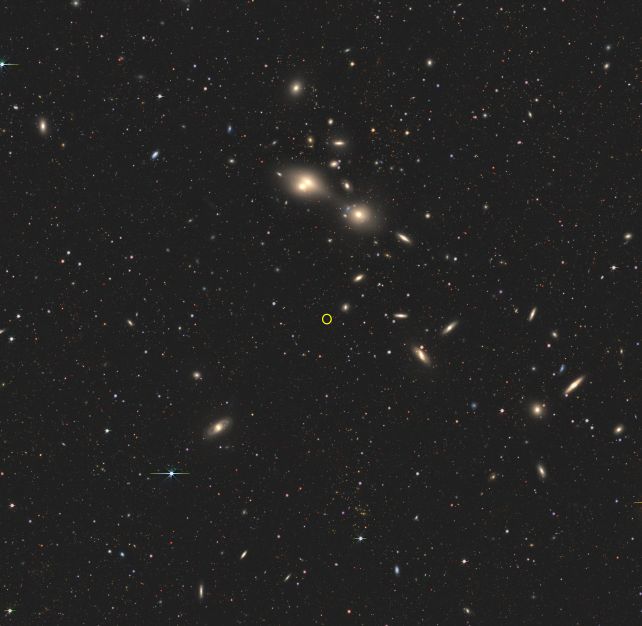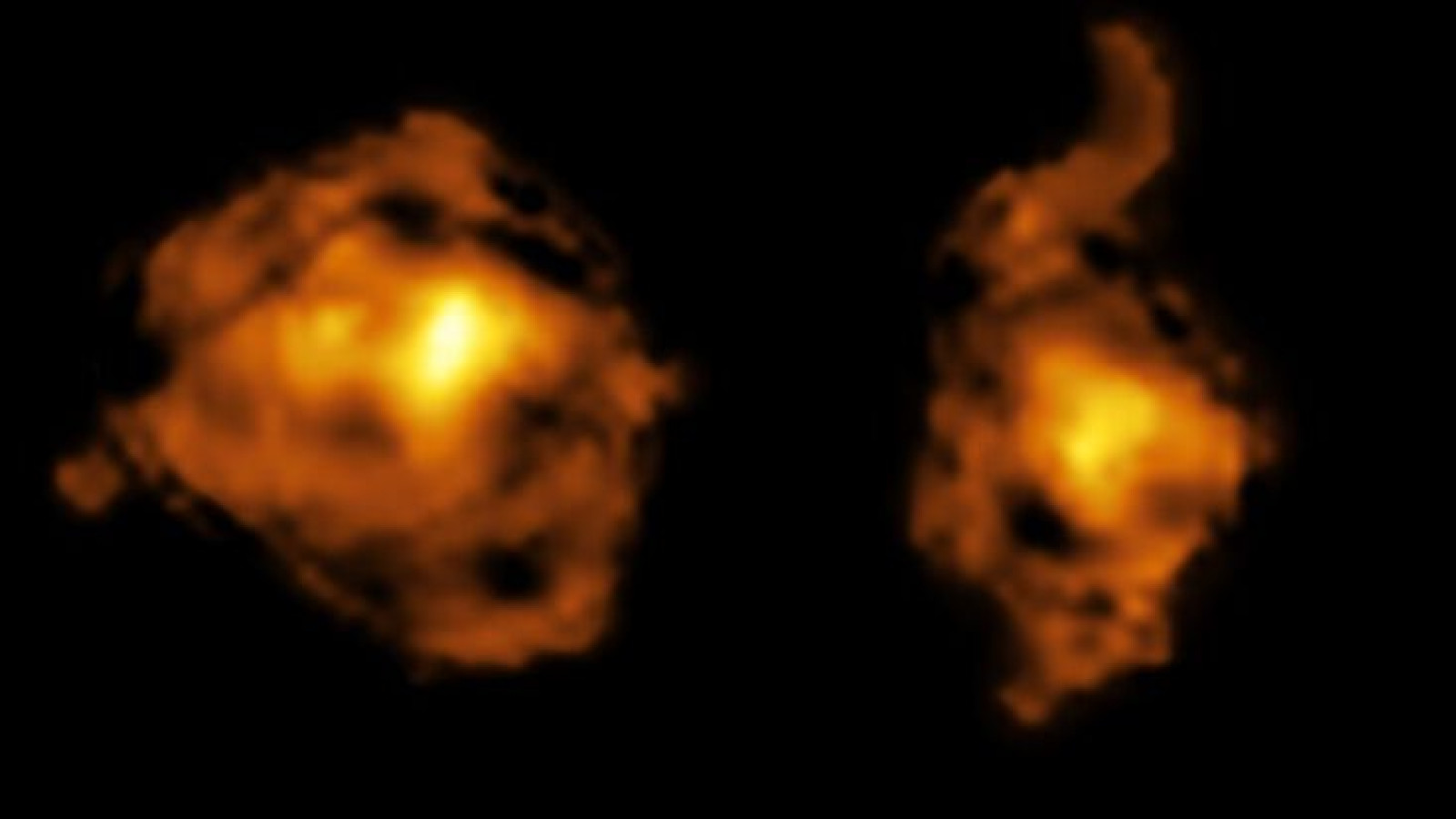Unprecedented Galactic Encounter: A Display of Cosmic Power
In a groundbreaking astronomical discovery, researchers have captured the first-ever direct evidence of one galaxy unleashing a concentrated beam of radiation—powered by its central supermassive black hole—onto another neighboring galaxy. This spectacular collision, named the 'cosmic joust' by the international team of scientists, offers new insights into galactic evolution and the dynamic forces that shape the universe.
Quasars: The Black Hole Engines at the Heart of Galaxies
At the center of the primary galaxy involved in this cosmic duel lies a quasar—a beacon in the cosmos fueled by a voracious supermassive black hole. These enigmatic astronomical objects are renowned for their extreme brightness, created as vast quantities of gas and dust swirl into the black hole, being heated to millions of degrees. This process generates not only brilliant light, but also immensely powerful jets of radiation and charged particles, propelled almost at the speed of light along the galaxy's magnetic field lines.
How the 'Cosmic Joust' Unfolded
As the quasar galaxy passed its neighbor at an astonishing 500 kilometers per second, its radiation jets pierced the companion galaxy, disrupting crucial clouds of gas and dust essential for star birth. This forceful interaction effectively suppresses star formation by sweeping away the material needed to produce new stars—a rare phenomenon to witness during an ongoing merger. Sergei Balashev of the Ioffe Institute aptly describes this as the first observation of quasar radiation directly altering the internal structure of gas in an otherwise typical galaxy.

Decoding the Science: Implications for Galaxy Evolution and Supermassive Black Holes
Galaxy collisions are not uncommon; throughout the observable universe, astronomers have identified countless examples of these majestic events. Galaxies are often funneled together by the gravitational influence of dark matter filaments, gathering into clusters where they frequently interact and merge, a critical process in the growth of both galaxies and the supermassive black holes anchoring their centers.
Suppression vs. Creation: The Duality of Galactic Mergers
In this 'cosmic joust,' the quasar's intense radiation not only disrupts the star-forming regions of its neighboring galaxy, but also steals some of its gas, funneling it toward its own black hole and intensifying its cosmic consumption. However, this aggression comes at a cost: the powerful outflows from the black hole—often called 'quenching' winds—also deplete the quasar's own raw star-forming materials, reducing its future star birth potential. This dual effect impacts both galaxies, raising intriguing questions about long-term galactic development, the regulation of star formation, and the fate of their central black holes.
Technology and Observation: Unlocking the Secrets of the Universe
This discovery was made possible thanks to advanced astronomical technology, including next-generation telescopes and highly sensitive imaging tools that enable researchers to study distant galactic interactions in exquisite detail. The ability to detect and analyze energetic phenomena like quasar radiation jets is pushing the boundaries of what we know about cosmic structures, star formation, and the influence of black holes on their environments.
Comparative Insights: What Sets 'Cosmic Joust' Apart?
While galactic mergers and black hole-driven activity have been observed for decades, witnessing direct interaction—where a quasar actively reshapes a neighboring galaxy—is unprecedented. It offers a real-time example of galactic feedback processes previously theorized in simulations and models, giving astronomers critical data to refine their understanding of galaxy life cycles and the conditions that drive or inhibit star formation in the early universe.
Market Relevance and Broader Applications
For the tech and scientific community, this event underscores the importance of continuous innovation in astronomical observation, data analysis, and AI-driven research. Insights from such discoveries have ripple effects across fields—from space technology development and high-efficiency data processing to machine learning applications in scientific image recognition. The technological arms race to probe further, see clearer, and analyze faster is transforming not just astronomy, but the broader digital landscape.
Future Prospects: New Life After Disruption?
Despite the destruction wrought by this cosmic clash, there may be a silver lining. As galaxies merge, their gas reservoirs collide, sometimes sparking bursts of new star formation from the chaos—illustrating the creative potential born from cosmic disruption. In a universe constantly shaped by collision and transformation, the cosmic joust is a reminder that innovation, both cosmic and technological, often springs from dramatic change.


Comments
Leave a Comment